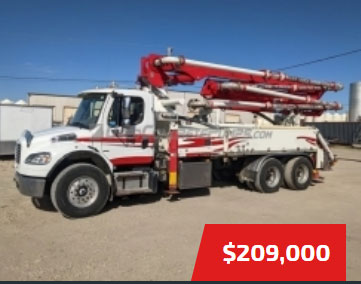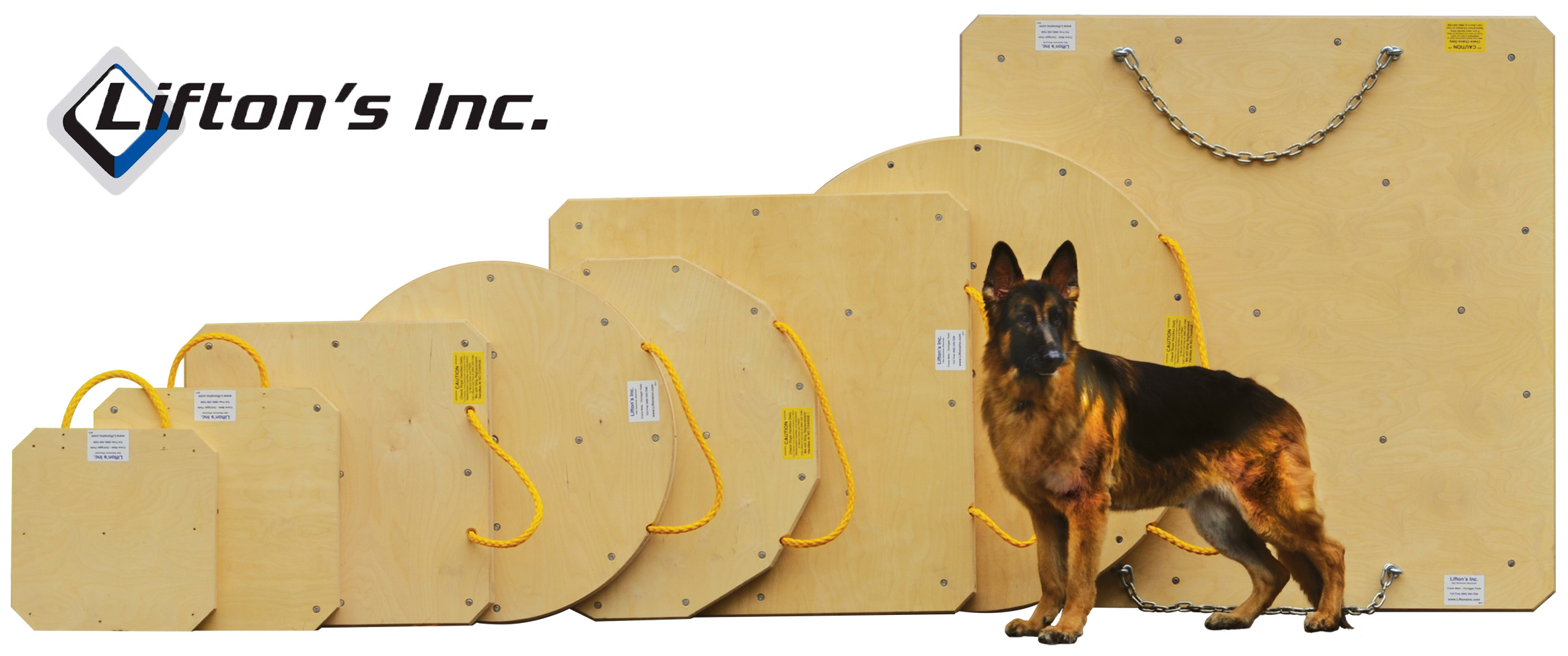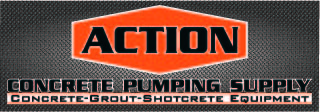| Seed | 02-10-2009 | comment profile send pm notify |
|
Pumped my first load of 1.5 " stone today after three years with my machine. I was wondering if there is any difference in ware factor compared to 3/4 stone? Thanks, Seed
|
||
| pudg | 02-10-2009 | reply profile send pm notify |
|
good question I just started a job with all 1 1/2 inch aggregate I think the wear factor would be a little higher |
||
| Joe | 02-10-2009 | reply profile send pm notify |
|
Most definitely there will be a higher wear factor especially if you have corse sand.... |
||
| Bob | 02-10-2009 | reply profile send pm notify |
|
I have found that if the proportions/grading are correct that it is easier to pump. Less surface area to cover + overall grading is usually improved. Pressures should go down, not up. While pumping 'non spec' mix on a nuclear job we would sometimes ask the plant to replace 150# of 3/4" with the same ammount of 1 1/2" to make the mud easier to pump. |
||
| Nebuchadnezzar | 02-10-2009 | reply profile send pm notify |
|
I guess it depends on the type of rock. The limestone I pumped in Houston back in the day was pretty tough on teh pipeline, grate, hopper, skin....whatever it touched |
||
| Seed | 02-10-2009 | reply profile send pm notify |
|
There was 3/4 blend is this stuff. It pumped great! How much more ware could there be? For example 30,000 yard pipe ware with 1.5 Agg is what? 25,000 yard pipe? |
||
| CAPTAIN VIC | 02-10-2009 | reply profile send pm notify |
|
WEAR is determined by the gradation of the fines usually, the size of the large aggregate,(stone), doesn't because if it is a pumpable mix, the fines should cover and suspend the stone. Bob is right though about PUMPABILITY being enhanced when there is a blend of different size stones. |
||
| ShortStik | 02-10-2009 | reply profile send pm notify |
|
good question seed. the big booms out here seem to see 1 /12 once in a while. i thought that big rock is cheaper put in a cheap 'pumpable' mix. |
||
| Seed | 02-10-2009 | reply profile send pm notify |
|
So it is the sand that wares the pipe?
|
||
| CAPTAIN VIC | 02-10-2009 | reply profile send pm notify |
|
Yes it is the sand, the cement and the fly ash that produce the most wear. |
||
| Seed | 02-10-2009 | reply profile send pm notify |
|
Nice schooling Captain Vic! Thanks! |
||
| Bob | 02-10-2009 | reply profile send pm notify |
|
Seed, There are just a few factors in the what wears out my pipes category. 1. The velocity of the material in the pipes – more speed = more pressure SPEED KILLS 2. The hardness of the fine aggregate. For a good understanding of this part of the problem go to Google and enter Mohs scale of material hardness. |
||
| Seed | 02-11-2009 | reply profile send pm notify |
|
" Speed Kills " I guess the faster we pump the more we have to charge! Thanks everyone! |
||
| Bob | 02-11-2009 | reply profile send pm notify |
|
Seed, The 'yardage' charge does charge more for pumping faster. Simple math - bad example, but you get the idea 1 hour pumping @ $100.00 per hour =$100.00 *********************** 1 hour pumping @ $95.00 per hour + $1.00 per yard = $100.00 @5yph @100yph the hour cost the customer $195.00. You are paid more to pump fast ps - just an example, the above prices are WAY LOW ;~) |
||




















.jpg)
.gif)

.jpg)









.jpg)








